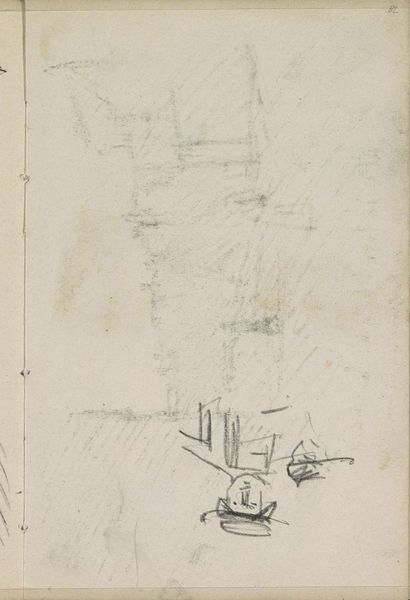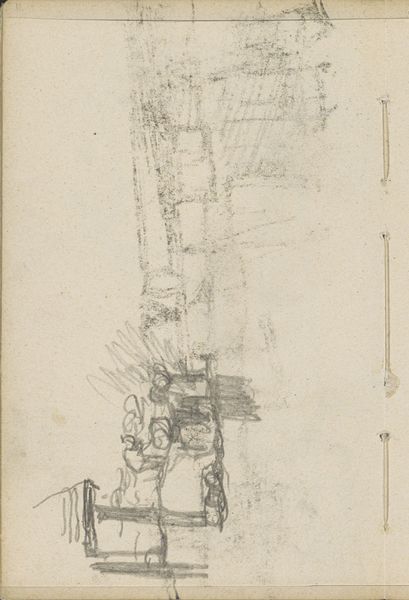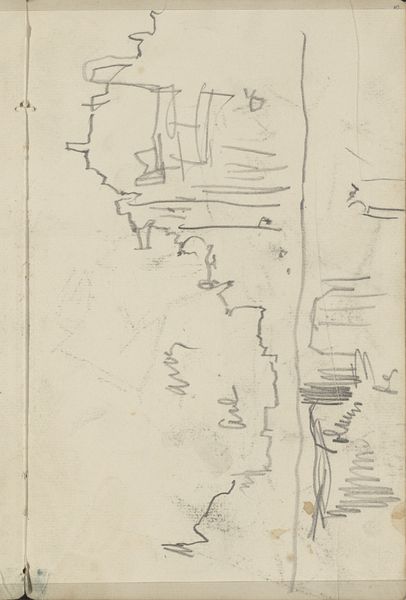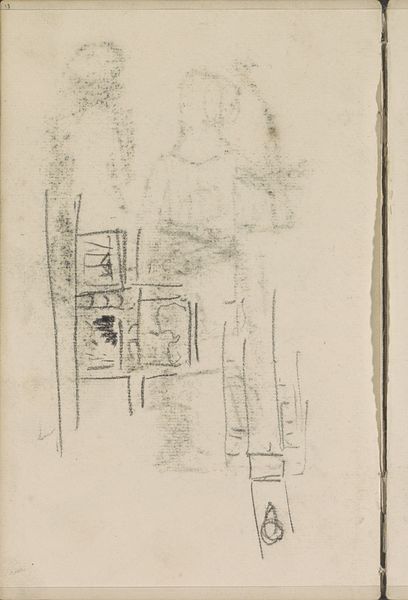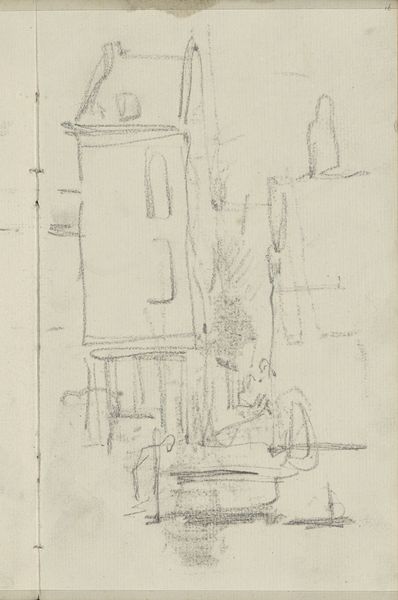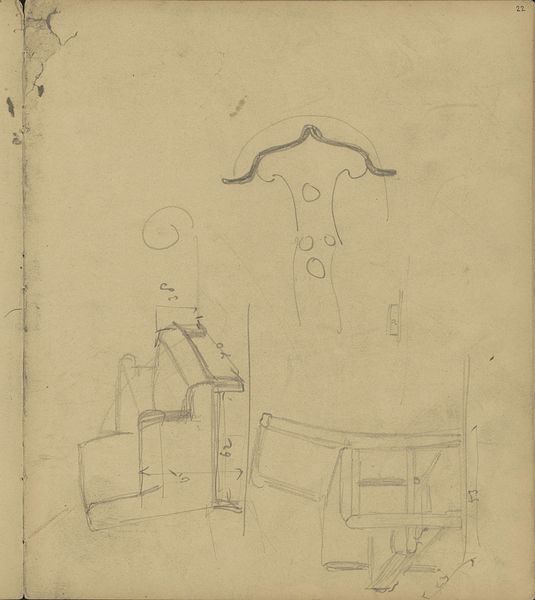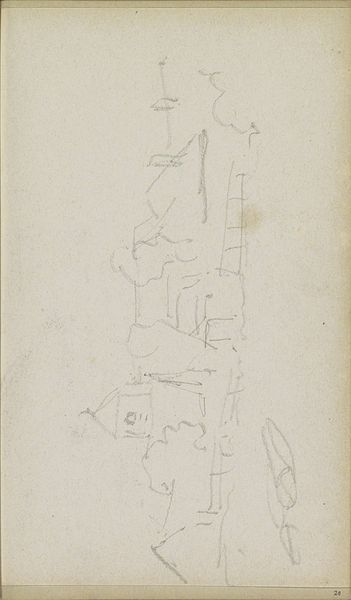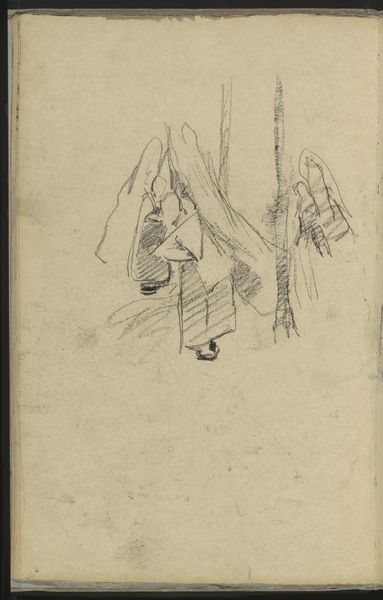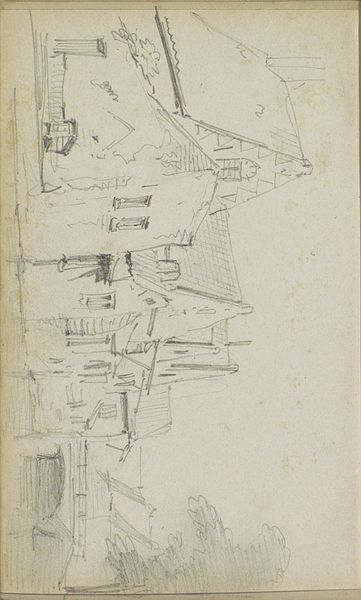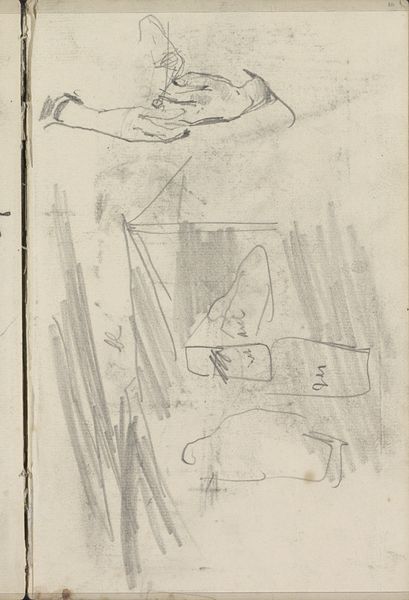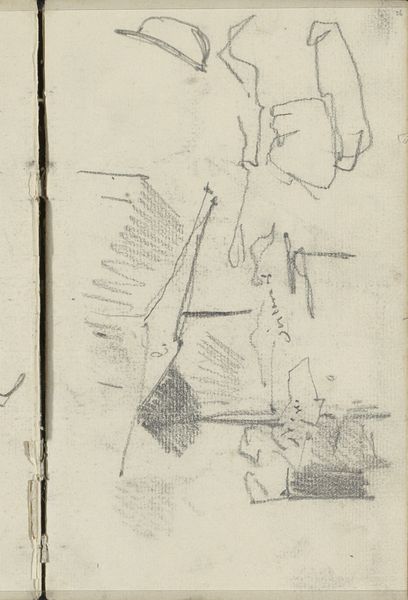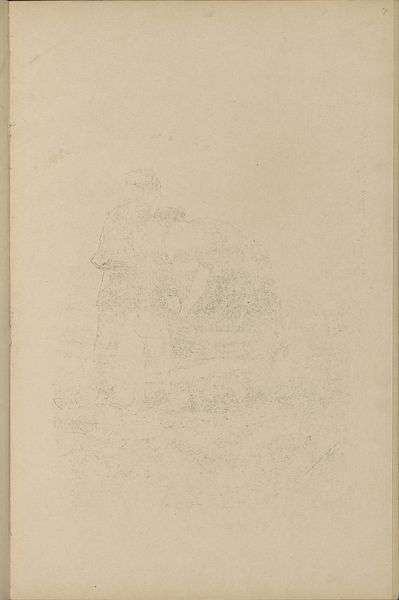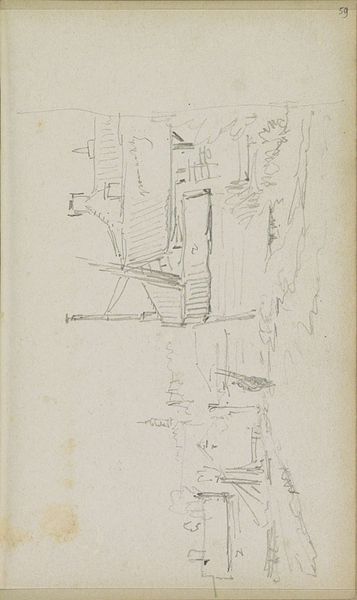
drawing, pencil
#
drawing
#
impressionism
#
landscape
#
pencil
Copyright: Rijks Museum: Open Domain
Willem Witsen created this pencil drawing called 'Herder voor een kudde schapen' which translates as 'Shepherd in front of a flock of sheep', and it's now held in the Rijksmuseum. The sketch of a shepherd and his flock offers a glimpse into the rural life of the Netherlands, but it also reflects the changing social landscape of the late 19th and early 20th centuries. Witsen was part of a group of Dutch artists who turned away from the grand historical and allegorical paintings that were traditionally displayed in the institutions of art, towards more down-to-earth, contemporary subjects. His work aligns with a broader European trend of Realism and Impressionism, movements that sought to capture the everyday experiences of ordinary people. Yet, it is also worth reflecting on which 'ordinary people' were considered worthy of depiction, and how. To truly understand art like this, we need to delve into social histories, exploring the ways in which artists and their subjects were situated within specific cultural, economic, and political contexts. This helps us consider the public role of art and the social conditions that shape artistic production.
Comments
No comments
Be the first to comment and join the conversation on the ultimate creative platform.
